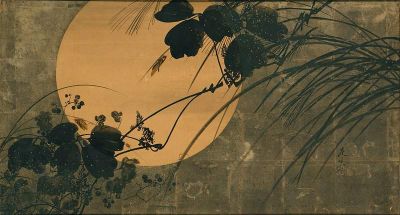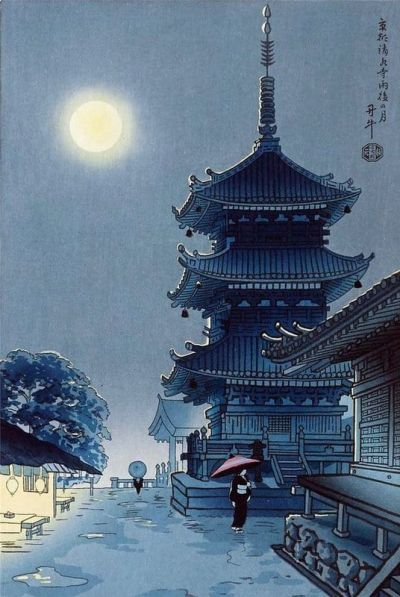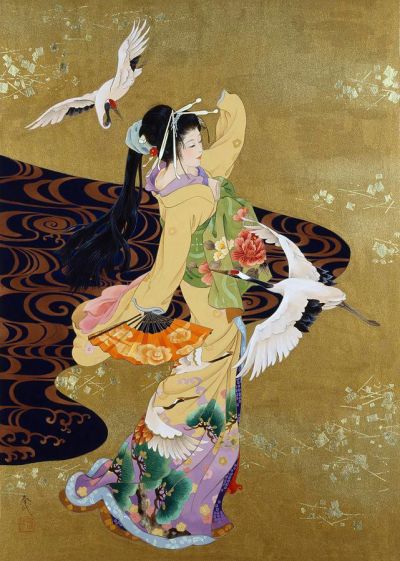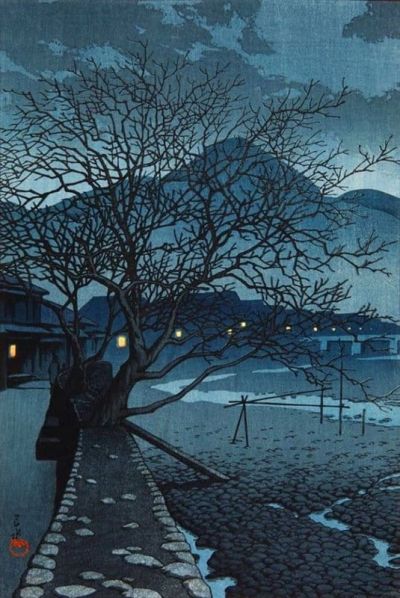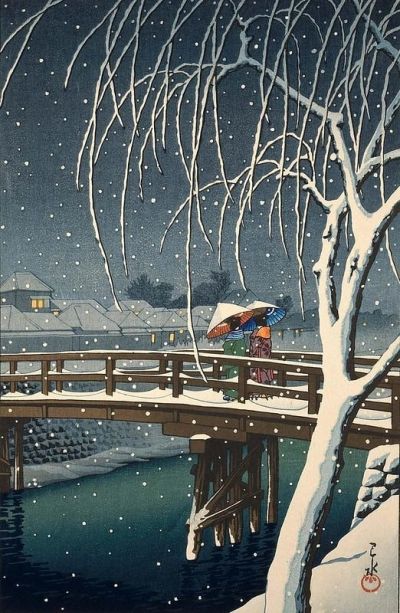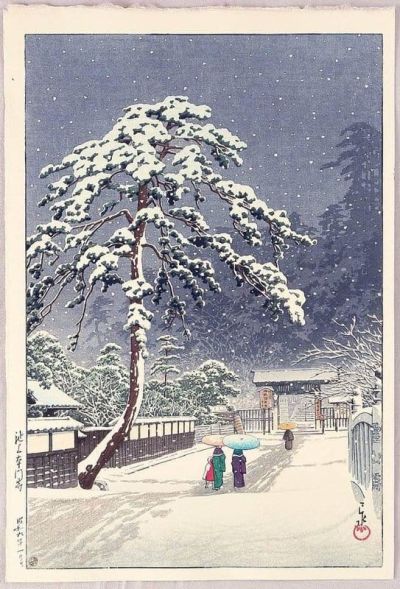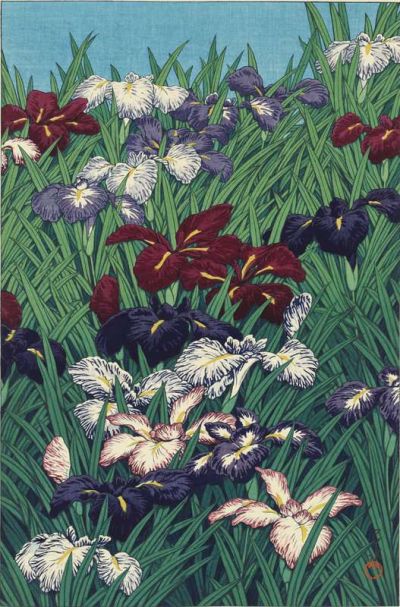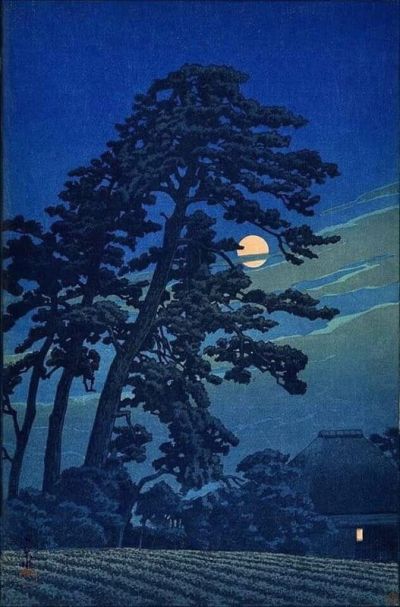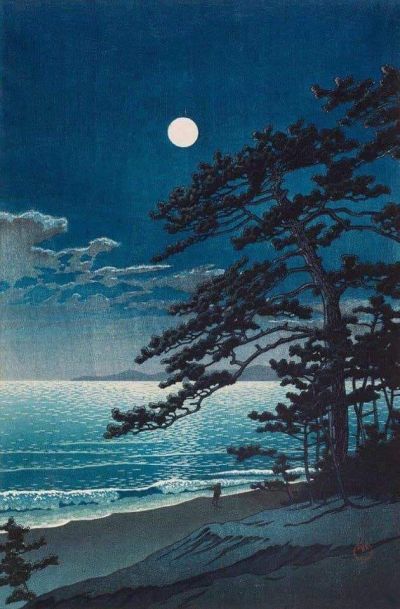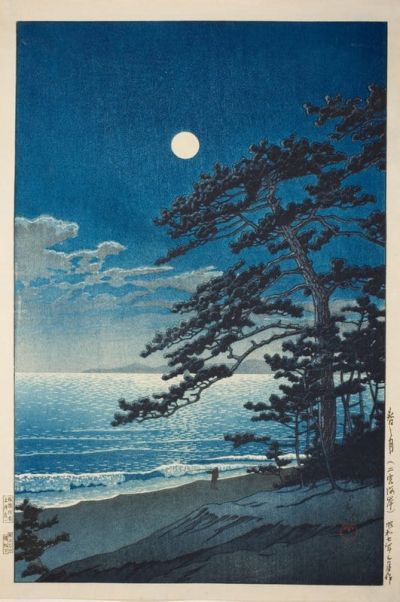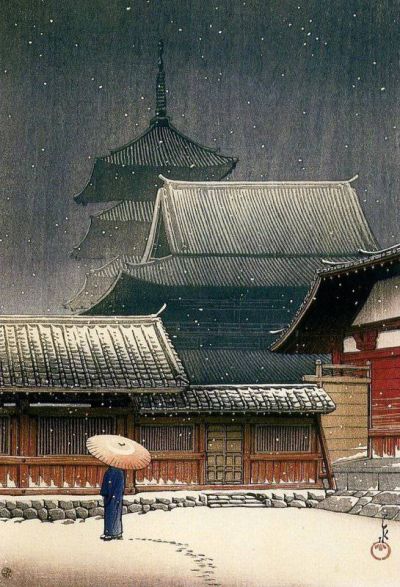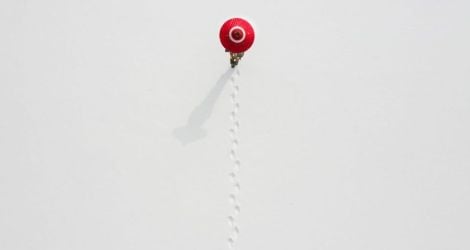
What is the Japanese Art of Painting?
The Japanese art of painting refers to the traditional artistic practice originating from Japan, characterized by unique techniques, styles, and subject matter.
Nihonga, a comprehensive designation for the conventional artistic practice of painting in Japan, is etymologically translated as "Japanese painting". The phrase under consideration, presently prevalent in everyday discourse, can be traced back to its origins during the Meiji era. Its primary purpose was to establish a clear distinction between Japanese painting and the Western-style medium of oil painting. The divergence between Western-style oil painting and nihonga can be mostly attributed to the variance in the utilized painting materials. While there are differing opinions on whether any artwork created by a Japanese artist may be classified as nihonga, the practice of distinguishing artworks depending on the materials used remains prevalent.
The term "nihonga" had previously been in use during the 1880s. During the early modern period and onwards, paintings were categorized based on their respective schools, such as the Kanō school, the Maruyama-Shijō school, and the Tosa school, which belonged to the yamato-e genre. Around the period of the establishment of the Tokyo Fine Arts School in 1887, there was a noticeable emergence of art groups that commenced organizing and hosting exhibitions. Artists were able to exert influence on one another through their interactions, resulting in the merging and blending of prior artistic traditions. The emergence and development of contemporary nihonga can be attributed, in part, to the influence of Western painting.
In contemporary times, there is a noticeable shift in the techniques, sensitivities, aesthetics, and styles rooted in tradition. Furthermore, there is an ongoing inquiry into the nature of nihonga and the extent to which the differentiation between nihonga and Western-style painting holds any significance in terms of artistic expression.
The materials used in Nihonga
Nihonga is rooted in a rich tradition of painting styles that have undergone significant evolution over more than a millennium. The materials employed in this context are traditional constituents that have been created over the course of an extensive historical period. Typically, the backing materials employed in this context encompass paper, silk, wood, or plaster. These substrates serve as a foundation for the application of sumi ink, mineral pigments, white gofun (a crushed seashell-derived white pigment), animal or vegetable-based coloring agents, and several other natural pigments. The adhesive used in this process is nikawa, an animal glue. Gold and several other metals, such as gold leaf and other manifestations, were successfully integrated into paintings.
The utilization of those resources presents a certain level of difficulty. Acquiring proficiency in the requisite methodologies necessitates a substantial investment of time and unwavering resolve. Despite the availability of alternative artistic techniques, artists persist in use nihonga due to its compatibility with the inherent characteristics of Japan and the Japanese aesthetic sensibility, as well as its ability to convey spiritual elements.

